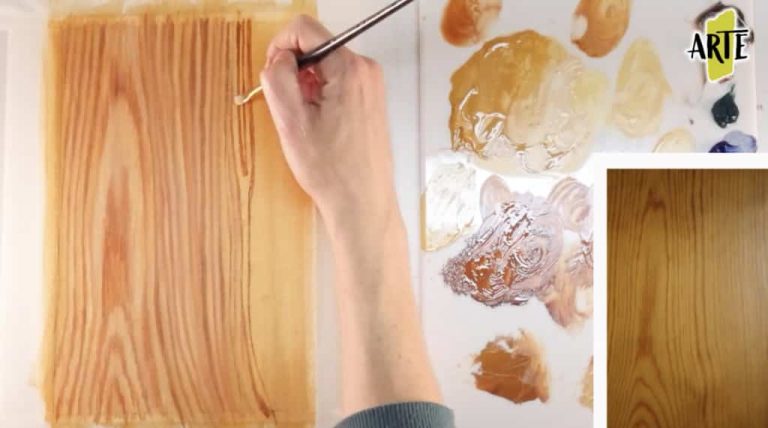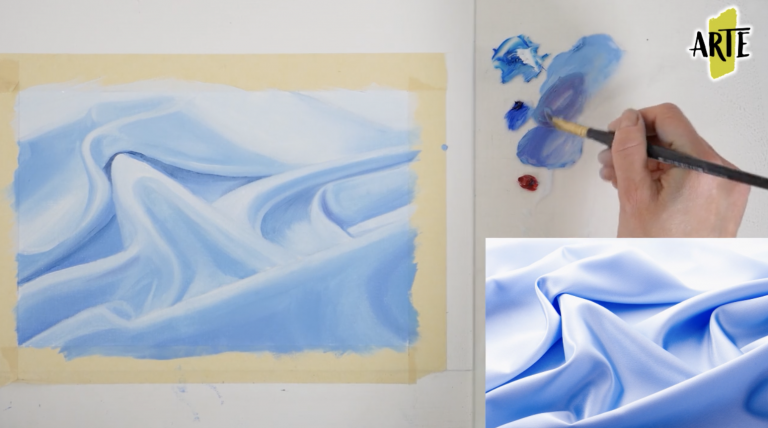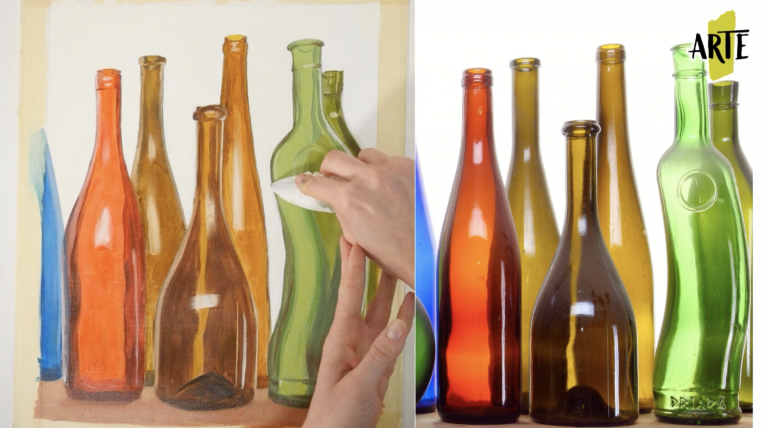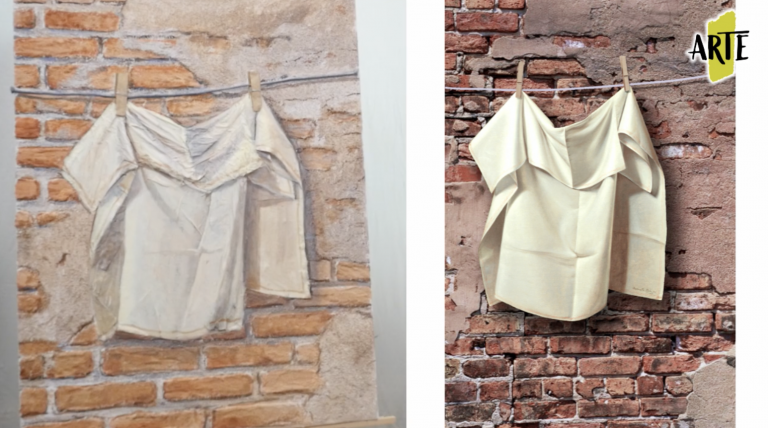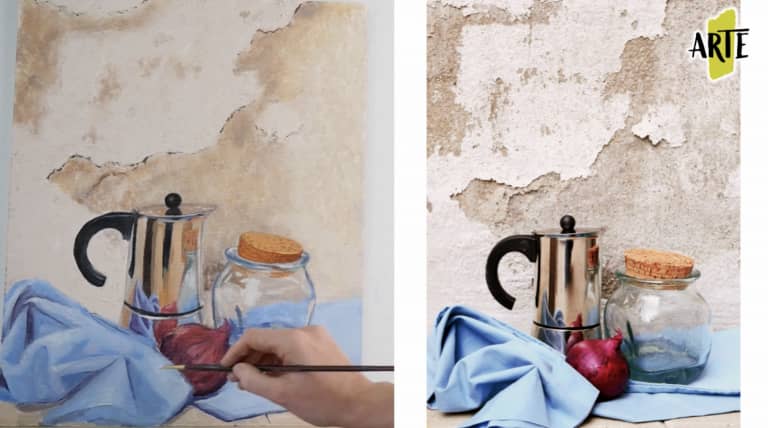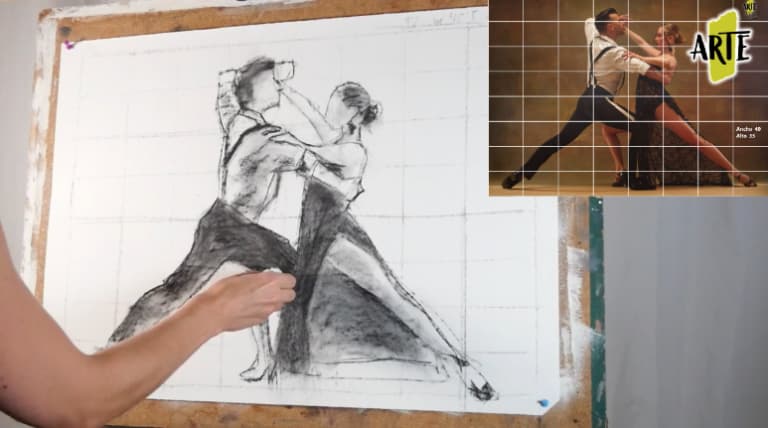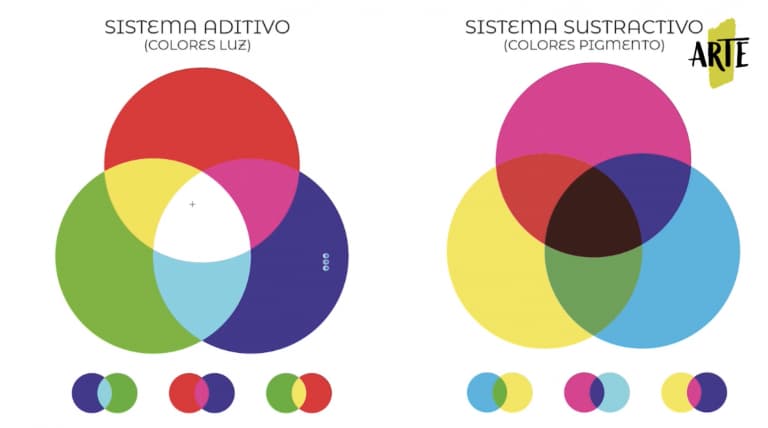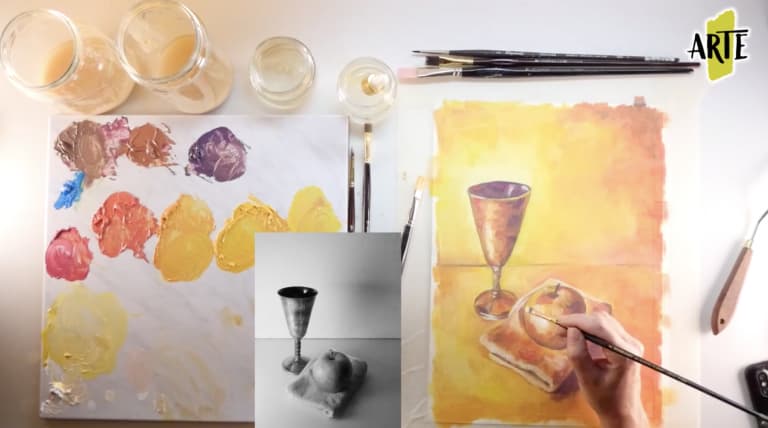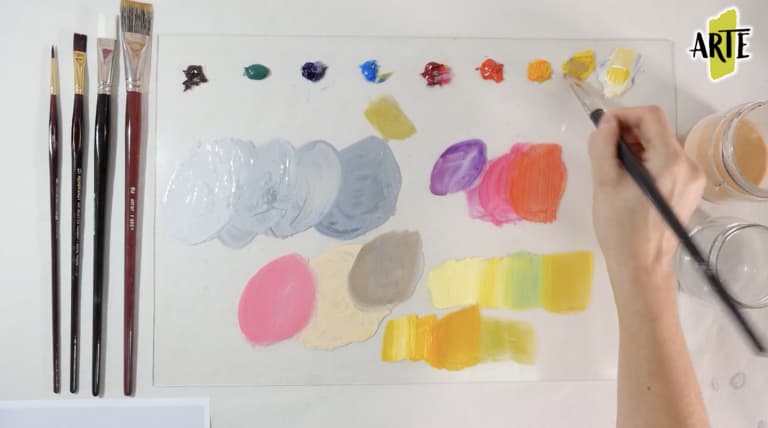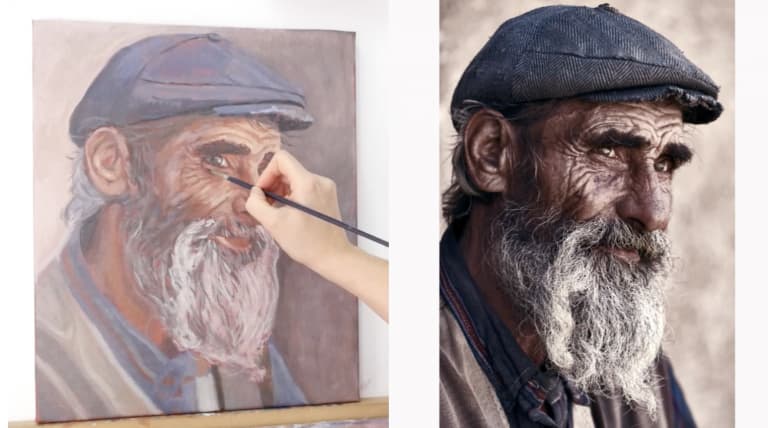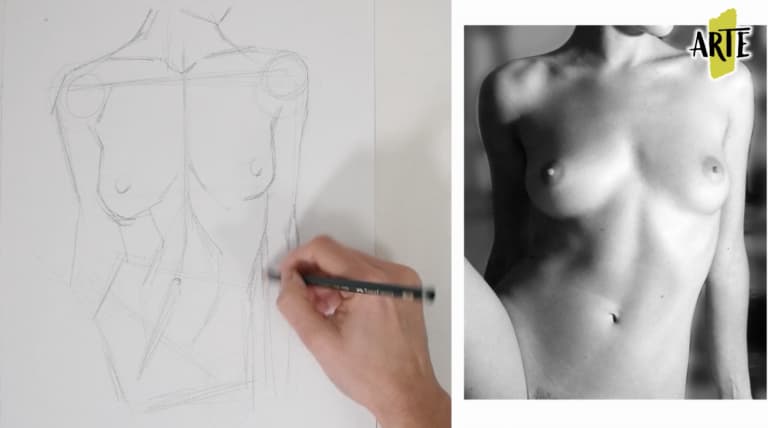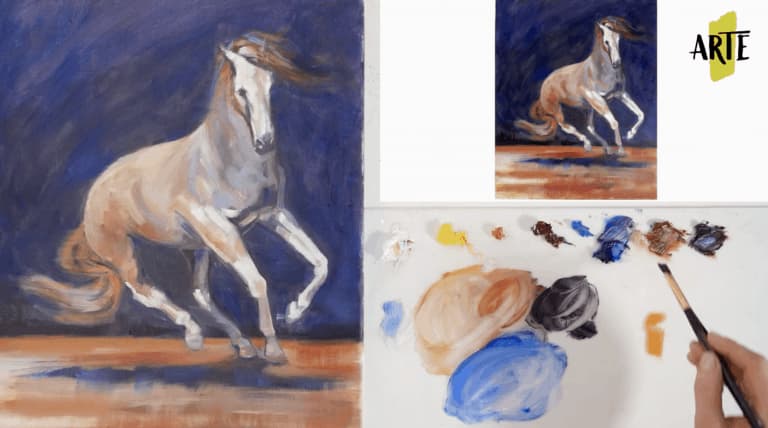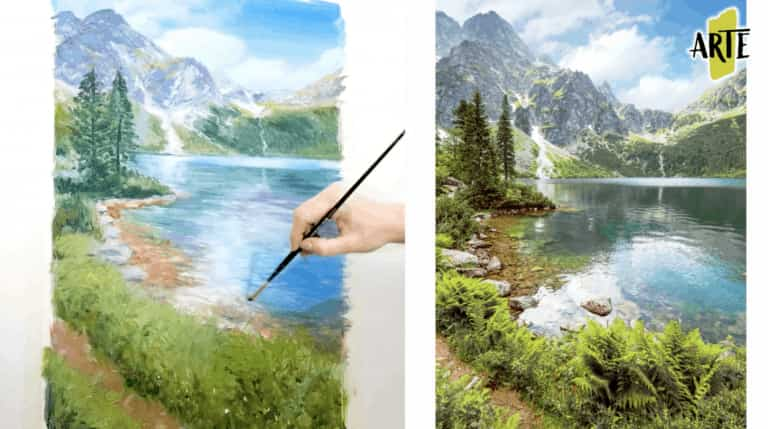
Portada » Materials and textures
Materials and textures
Programming and content of module VII
In these lessons we will learn new techniques and tools to differentiate specific textures in order to be able to represent different materials.
We will work meticulously to achieve very specific effects on a variety of materials such as wood, fabrics, metals, walls, glass or crystal.
We will approach volume from the support and take the opportunity to explore new, looser and more casual techniques.
At the end of the module, you will have incorporated new expressive resources to your repertoire that will be very useful in your career as an artist.
Topic 1 - Porous materials
Lessons:
- Materials: touch, porosity of reflections
- Walls and walls
- Marble and stone
- Wood
You will learn key concepts to represent different types of porous materials, such as touch, porosity and reflection.
We propose several exercises in which you will be able to see in a practical way the differences when reflecting the characteristics of each material in your work.
Topic 2 - Textile materials
Lessons:
- Wrinkles vs. folds and differences between fabrics
- Crumpled paper
- Cotton fabric
- Satin fabric
- Burlap fabric
Learning to represent fabrics is very important, since we constantly find them in our environment and, therefore, in many of the works we want to represent.
In the following lessons we will teach you the particularities of how to represent each type of fabric, as well as the difference between a fold and a crease.
Topic 3 - Satin materials
Lessons:
- Metallic finishes
- Rusty metal
- Nickel-plated vs. polished metal
- Refraction and transparency
- Glass
- Crystal
Among the satin materials, i.e., which do not have a very open pore and therefore reflect light quite well, we can find metals, crystal or glass.
We will see the characteristics of each material, as well as the aspects to take into account in order to represent them.
Theme 4 - Compositions to work on texture
Lessons:
- Still life: wood and ceramics
- Still life: wall, fabric, metal and glass
- Still life: satin, glass and metal
- Exploring textures with balance in composition
In the following lessons you will put into practice everything you have learned throughout this module, working now with sets of different types of materials.
This will allow you to consolidate all the concepts seen so far, learning to work with very different textures.
Topic 5 - Volume from support
Lessons:
- Gesso and loading for texture
- Still life with volume
Now, after all the work done in the previous topic, we go one step further to focus on providing volume from support.
In the following topics we intend that, in addition to putting into practice what you have previously learned, you can work with more freedom and enjoy experimenting.
This is just a small brushstroke...
We offer you this lesson for free so that you can test our teaching method.
Discover a lesson from this module on materials and textures in drawing and painting.
In this lesson you will learn how to represent wood in drawing and painting.
Take a look at the dossier with the program for information on each of the 10 modules and the end-of-course project block, which make up this Introductory + Advanced Painting and Drawing Course.
Reserve your place now
Limited seating


Why are these classes important in the ArteEscuela.com course? ⬅
Why am I not able to paint any glass object well? How do I reflect the shine of something metallic?
In this module you will see the characteristics of porous, textile and satin materials, learning how to represent them realistically. You will learn to work on texture and volume, to achieve better and better results.
Below you will find a free lesson from each module of the online painting and drawing course.
Index 【Display】
Beginners Course + Advanced – 7 free days of painting and drawing
